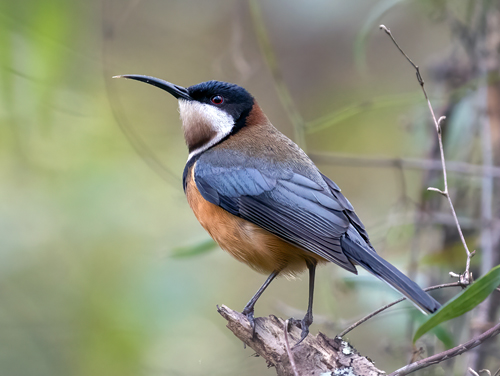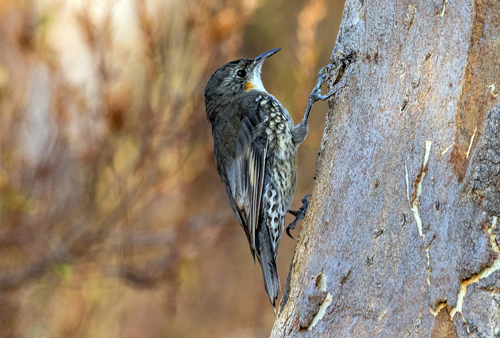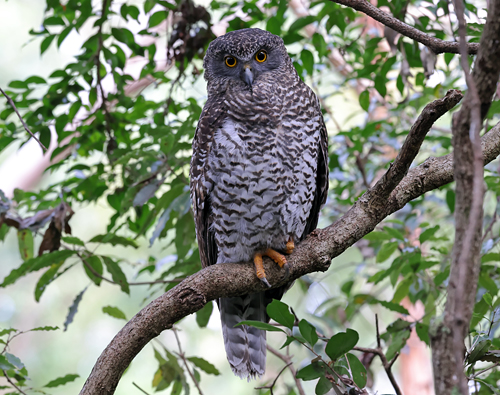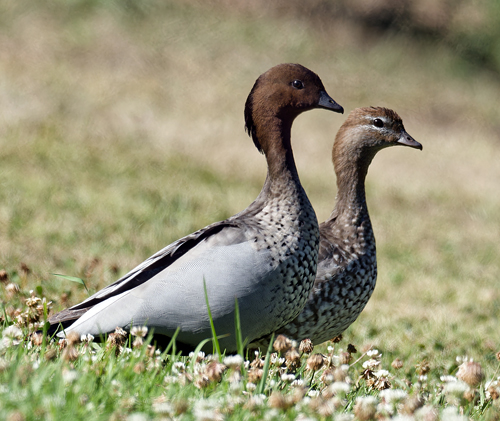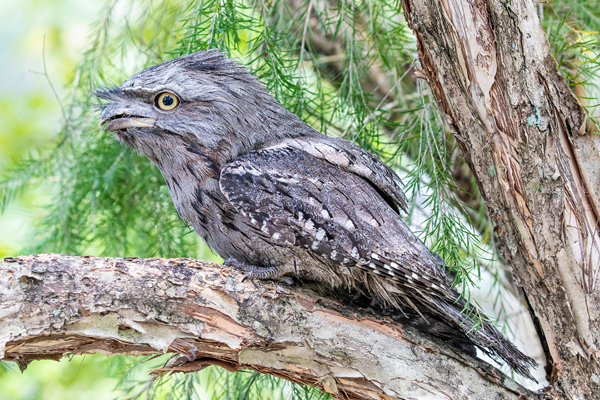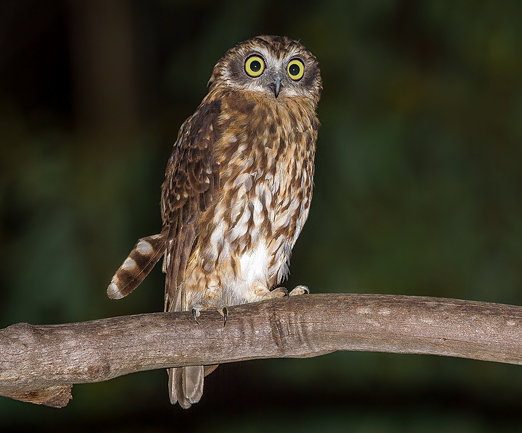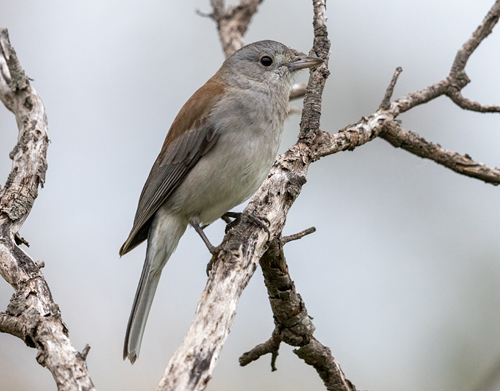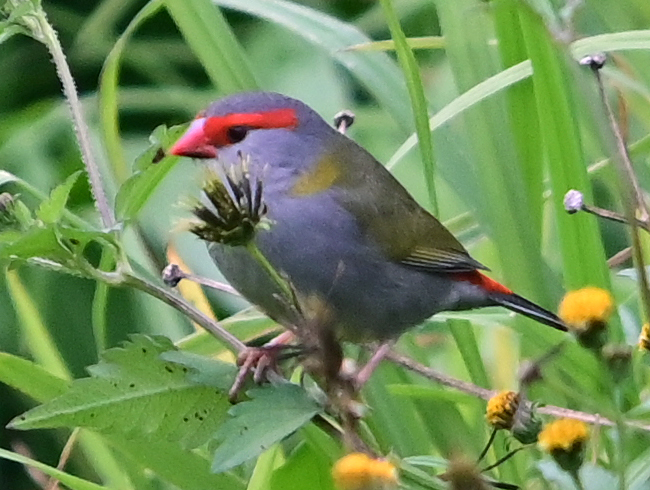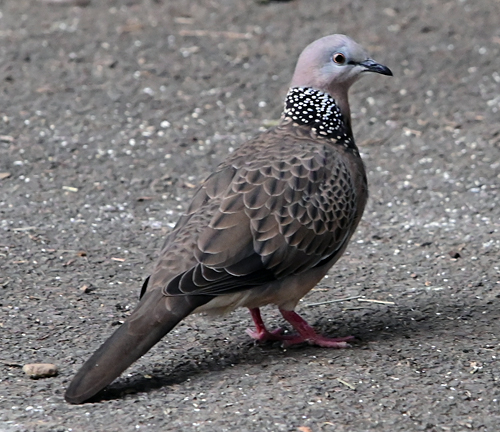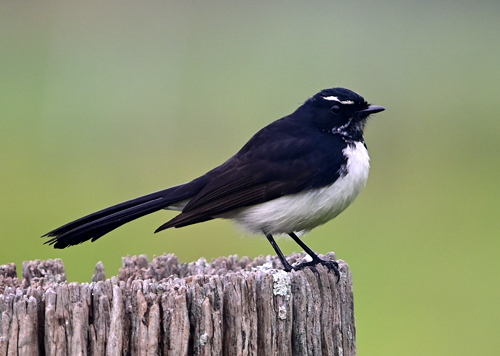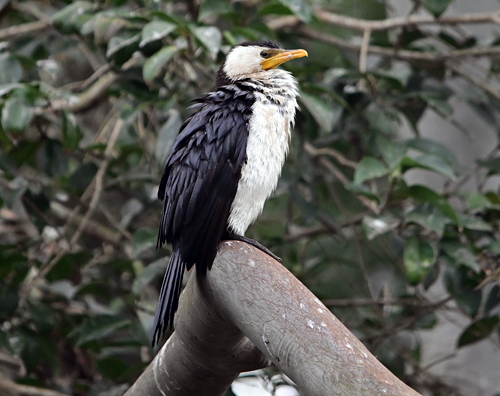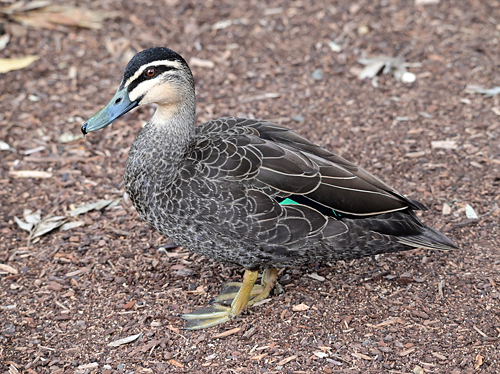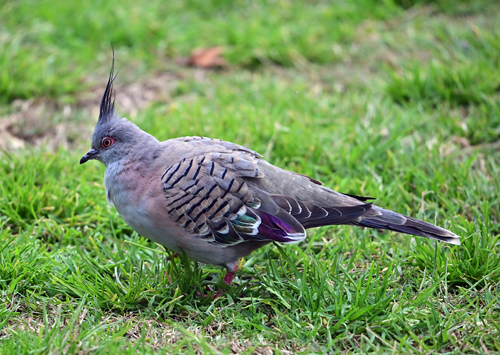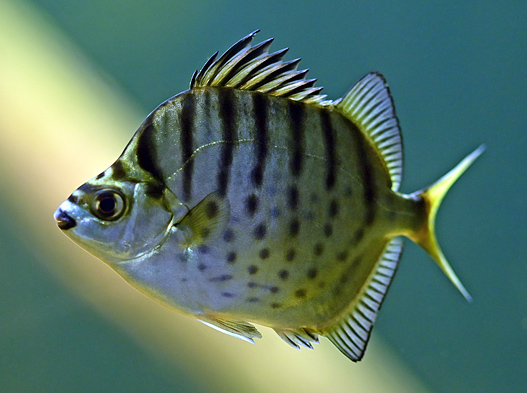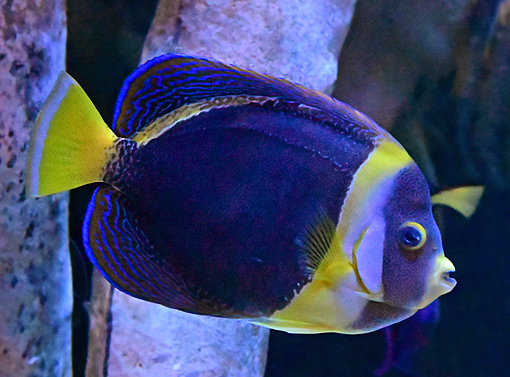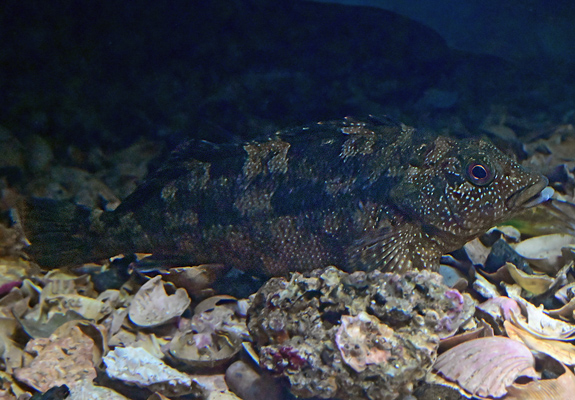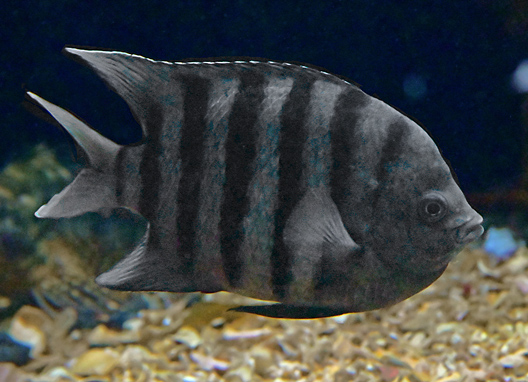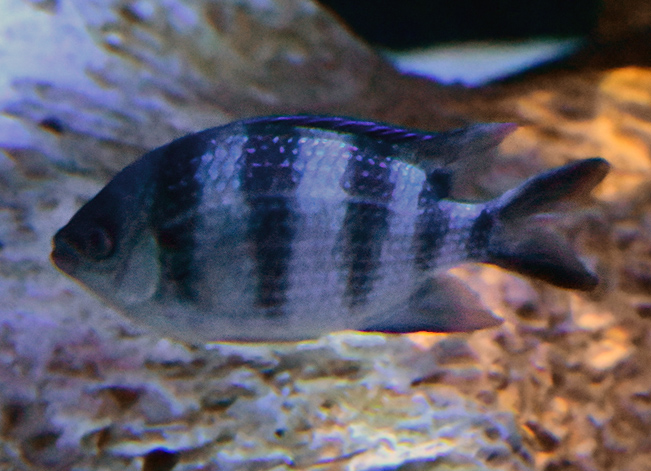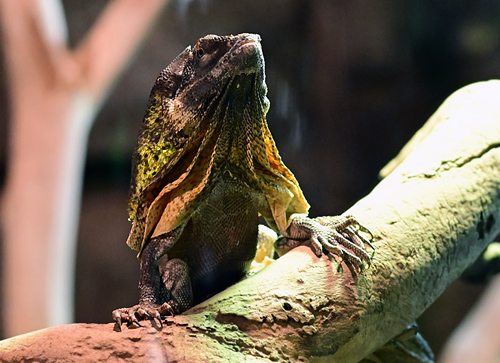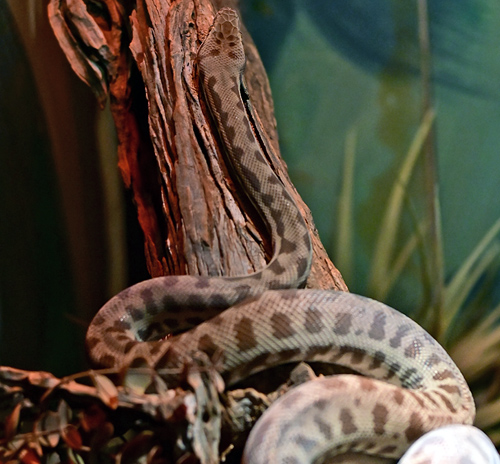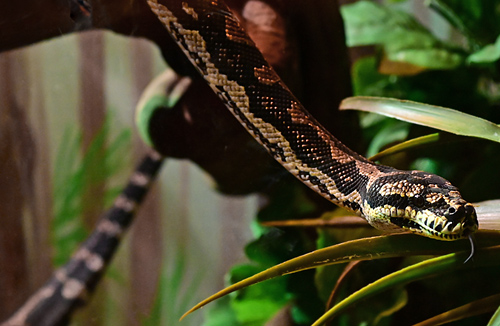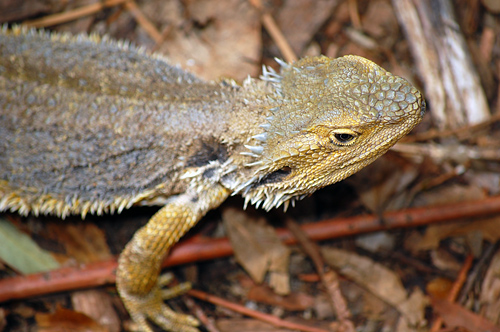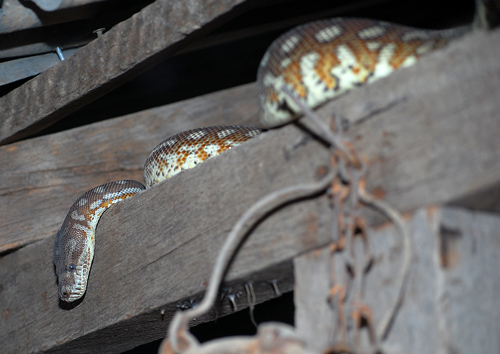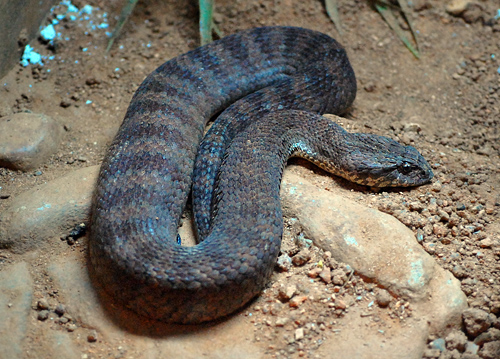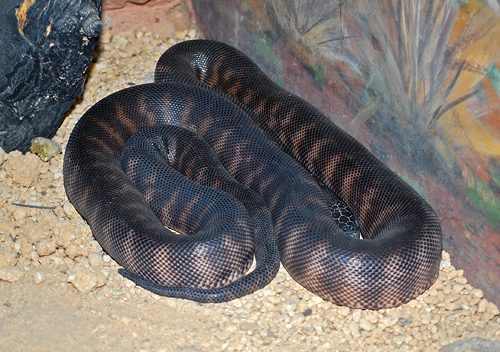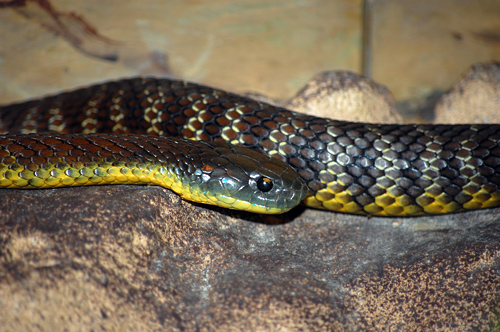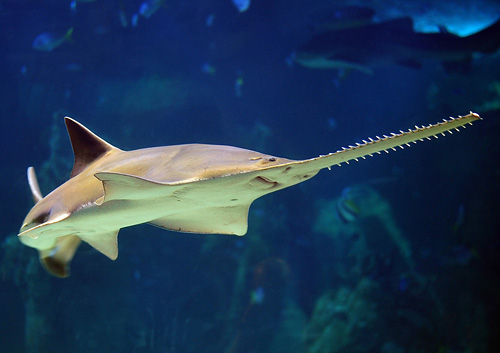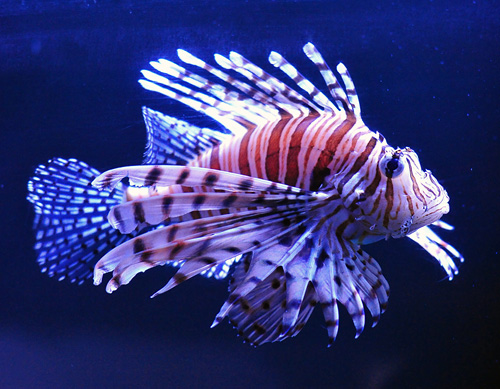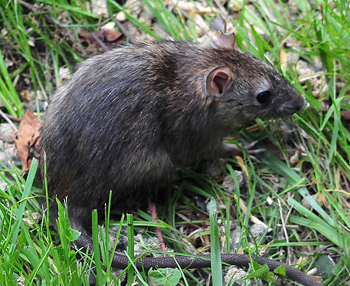Stimson's Python

Antaresia stimsoni
Other Names: Large-blotched python, inland children's python. Commonly and incorrectly referred to as Stimpson's python. The correct spelling has no "p" in "Stimson"
Size: Typical 90 cm, smaller than most pythons.
Family: Pythonidae (Python family, about 26 species in the world)
Distribution: Much of central and western Australia including much of inland QLD.
Status: Vulnerable in NSW.
Habitat: It occurs throughout many dry, inland areas, mainly in rocky areas, but also in Eucalyptus woodlands, arid shrublands, and deserts. Occurrence in open or flat areas is unusual. Generally nocturnal, the species occupies crevices, hollows, and holes made by other creatures in termite mounds, the latter offering a controlled climate. It is often recorded at rocky hills or other habitat providing good cover.
Danger: The species is kept as a pet and successfully bred in captivity. It is easily handled and rarely bites, and is listed as an easily maintained, not rare or endangered, and commercially available pet herpetofauna.
References: Wilson and Swan, Wikipedia.
About the Stimson's Python
Stimson's Pythons can be found sometimes around cave entrances at dusk, waiting for bats to come out for the night, so they can eat them.
In 2009, four baby Stimson's pythons escaped on board a Qantas airplane, resulting in it being fumigated.
Diet: Adults have broad diets, including mammals such as bats and mice, also birds, lizards, frogs and other snakes. A. stimsoni is an ambush predator, spending much of its time waiting for prey, trapping and killing by constriction. Like other snakes, they can go without food for several months.
Breeding: Oviparous, with females laying clutches of 7-10 eggs. Females incubate their eggs in typical python fashion by wrapping their bodies around the clutch, leaving only to warm in the sun or when the eggs have hatched. Like all pythons, female Stimson's Pythons actively guard and incubate their eggs. While doing this they shiver to produce extra body heat if it's too cold. Newly hatched Stimson's Pythons are totally independent of their parents, and start feeding themselves, after one or two weeks.
Economics: Stimson's pythons are sold and kept as pets in some Australian states.

Photo taken at Australian Reptile Park, Gosford NSW. Higher Resolution 2012 x 3024.

Photo taken at Australian Reptile Park, Gosford NSW. Higher Resolution 2012 x 2136.
See Also
Australian Mammals
Australian Birds
Australian Frogs
Australian Fish
Australian Spiders and Their Faces
Australian Wild Plant Foods
Return to Australian Reptiles



